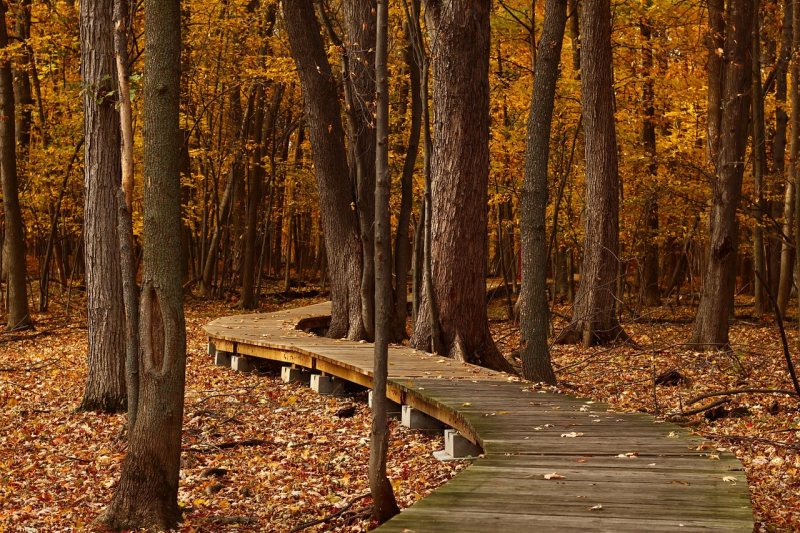Do Trees Talk?

Trees and plants communicate to each other, and their community, above and below the ground. Above soil level, when trees are being attacked (stressed) they release volatile organic chemicals (VOC). These VOC are picked up by neighboring plants and forewarn them to defend themselves. These same chemicals can also attract help in the form of predators to feed on the attacking pests. Each chemical is a ‘word’ and these words are combined to make a specific sentence – this allows plants to chatter. A well known VOC is the aroma generated by freshly cut grass.
Speaking of chatter, do you know that plants do generate sounds? These sounds are generated at frequencies outside of the human range of hearing. This is still a vastly under studied area but plants do use sound since this is faster and can cover greater distances than chemical communication.
Below the ground, when trees are attacked they increase their defense against the invaders by revving up their defensive genes and increase their production of defense enzymes. They send these chemical signals down their roots to the mycorrhiza network, where neighboring trees detect these signals and trigger their own defense mechanisms. This can happen in as little as 6 hours.
It is at the mycorrhiza level, that we are truly beginning to understand forest communication. Myco is Latin for fungus and Rrhiza is Latin for root. Therefore, mycorrhiza is the combination of fungus and root to create a ‘fungus root’. This is a beautiful union that has slowly occurred over 1 billion years. A small thread comes out of the plant root and the fungus infects the root and eventually colonizes all the roots from the plant. Where the fungal cells interact with the root there is a trade off of Carbon for nutrients.
Turns out, trees can’t live without their mycorrhiza. Under a simple footstep there are 300 miles of fungal highway. This connectivity is not just between same species but between all species and works like our internet. This forest connectivity is vast and is world wide. But why have this co operative between tree and fungus? It is quite simple; the fungus can’t photosynthesize but can pick up nutrients, especially Nitrogen and Phosphorus, and exchange these nutrients with the plants for their photosynthetic product of sugar.
The biggest users of the fungal network are the Hub trees. These are the mother trees which are nurturing the young in the understory. The hub trees send extra Carbon to the shaded understory young trees. In this way, the survival rate of the saplings increases 4X. It has been discovered that hub trees have kin identification capability where they can distinguish the difference between strange and kin trees. Mother trees have bigger mycorrhiza nodes and networks with related trees vs. strange trees. When a mother tree is injured or dying it will pour out excess Carbon into the fungal network but also defense signals.
So how does our present day logging practices affect this intricate forest co operative? I was shocked to learn that in 2014, Canada in this past decade had the highest rate of deforestation in the world. NOT BRAZIL OR THE RAIN FOREST. This equates to 4X the rate of sustainability. Not only is our lumbering unsustainable but our reforestation techniques are out dated and non viable. Present forestry only concentrate on replanting few species of trees and actually spraying to kill colonizing aspen and birches. Forests that are almost monoculture are extremely susceptible to infection, disease and pests.
How can we reinforce our forests and help them deal with climate change? Experts are urging the technique of patch cutting and the retention of hub trees. There must be planting of different species with different genes and genotypes. What they are investigating is the pattern of the hub trees. Should the mother trees be retained as singles, in groups or in a shelter wood?
What is clearly indicated is that we need to move away from destructive clear cutting and monoculture plantings and change our ideas and practices. Our deforestation around the world causes more greenhouse gas than all the planes, trains and cars combined. We truly need to embrace ‘sustainable forestry’ at all levels. As a consumer, you can help buy only buying lumber from sustainable sources. And, of course, support tree planting at whatever level you can.
HAPPY HOLIDAYS
Yours in conservation,
Marion Robertson

